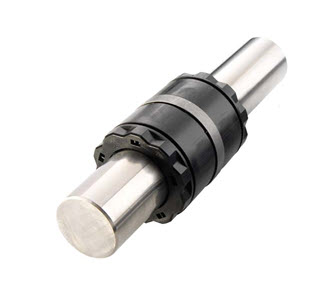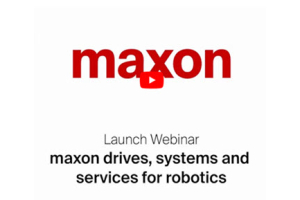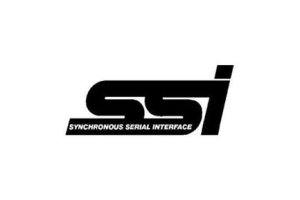
In the fast-paced world of manufacturing, the efficiency and lifespan of your machinery can make or break your bottom line. As the central cogs in the wheel of industrial setups, linear bearings require meticulous attention and maintenance. Tune in as we unveil the top 5 key tips that are set to redefine linear bearing maintenance, steering you clear of costly downtimes and enhancing operational longevity. Get ready to transform your maintenance strategies and propel your business to new heights of productivity and reliability. Stay ahead in the game with insights that promise not only savings but a smooth and seamless production journey. Let's dive in.
- Initiating a regular schedule for bearing maintenance and replacement can significantly prevent expensive unplanned downtimes. Essential to this is proper lubrication, which depends heavily on the application specifics; machine oil might be suitable for low loads or high-speed, low-drag applications, necessitating frequent re-lubrication, while grease, requiring less frequent reapplications, is better suited for moderate to high-load scenarios. Considering external factors like environmental conditions and usage, adapting lubrication intervals and even opting for lubrication-for-life accessories can be beneficial. Moreover, adhering to a replacement schedule guided by the L-10 life of the bearing, which indicates that 90% of bearings will outlast their L-10 life while 10% might fail earlier, can be a financially prudent approach, helping to avoid the higher costs associated with unplanned downtimes, especially under strenuous conditions which may reduce bearing life considerably.
- Investing a modest amount in bearing replacement can potentially save a company tens of thousands of dollars that might incur due to unplanned downtime. To prevent such costly interruptions, ensure that linear bearing maintenance is scheduled during planned downtime periods, especially given that the expense of a new bearing is usually well below $100, thereby offering an excellent return on investment. Regular preventative maintenance can help in averting significant losses, as illustrated by an incident where a US manufacturer overlooked the signs of wear in the bearings of a plasma cutting machine. This neglect led to a machine breakdown and a halted production line, resulting in an estimated daily loss of $200,000, a situation that could have been mitigated with timely intervention and a spare bearings inventory. Thus, prioritizing preventative maintenance is not only financially sensible but vital for the continuous and smooth operation of manufacturing lines.
- Empowering your maintenance team and operators with the skills to proactively identify the signs of potential bearing failure can be a crucial step in averting significant production losses and financial strains. Usually, bearing failures occur at inconvenient times, possibly when there are no spare parts available or qualified personnel on hand, leading to substantial costs in lost production and labor. By training your team to recognize early indicators of bearing issues, they can preemptively address them at a more convenient time and a significantly lower cost. Furthermore, maintaining a sufficient stock of spare bearings is essential to promptly tackle urgent issues or undertake preventative maintenance tasks, thus ensuring uninterrupted operations and avoiding unnecessary expenditure.
- To forestall unexpected downtime and its accompanying substantial costs, it's vital to carry out meticulous inspections of bearings on a regular basis. These checks should ideally include a manual examination of the shaft and rail to ascertain proper lubrication, and immediate re-lubrication if found dry. Additionally, bearings should be scrutinized for signs of corrosion or contaminants, and the environment assessed for any alterations that might impose new challenges. Close attention should be paid to potential indications of impending failure, including an increase in clearance, which could necessitate immediate attention depending on the application's accuracy requirements, and the emergence of unusual noises or vibrations, which might signal bearing issues even if in some cases, no abnormal sounds are discernible before a failure occurs. This proactive approach can help in detecting problems early on, thereby avoiding the massive expenses associated with unplanned downtime.
- To mitigate the risk of failure and minimize maintenance demands, it is crucial to ensure the bearings are aptly designed and integrated into the application. By collaborating with experienced application engineers, you can secure the appropriate bearings that align with your specific needs, consequently enhancing the longevity and predictable performance of your machinery. Additionally, utilizing resources such as the chart mentioned, which outlines the pros and cons of various bearing types like plain contact sliding and re-circulating rolling element linear bearings, can be a valuable tool. For instance, the chart illustrates the differing attributes of bronze bushings, which offer high load capacity but low accuracy, in comparison to profile rail linear guides that present both high load capacity and medium accuracy. This kind of nuanced understanding will enable more informed decisions, reducing the likelihood of premature failures and associated downtimes.





